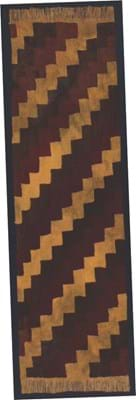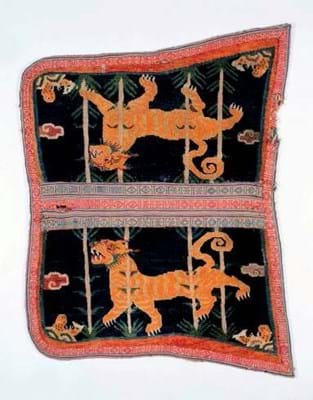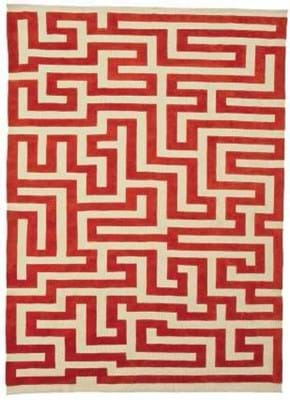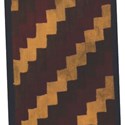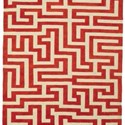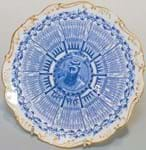The exhibition from March 9-April 28 is a chance to learn some of the overarching themes of this area and maybe to bring a few examples home.
The time is ripe to do so since, according to the gallery’s Catherine Milner, textiles are undergoing something of a renaissance.
“There were such a lot of contemporary textiles at Frieze last year. There is a lot of vigour in that world,” she tells ATG.
“What is more, the entry point for understanding textiles is pretty wide. They surround us in our homes and the way we clothe our bodies. Now artists are using them more and more as a means of expression – although it isn’t the first time they’ve done this.”
Textiles in the show date back to 800AD: a tunic panel from the Huari people of South America. It is done with scaffold weave, one of the most unusual techniques in the world. It existed only in the Andean region of South America and is still practised by modern-day weavers in the Peruvian highlands.
Many related examples are in Berlin museums once admired by members of the Bauhaus movement, such as Anni Albers (1899-1994), who owned a number of such pieces in her personal collection.
The show follows coincidentally hot on the heels of the Albers exhibition at London’s Tate Modern, and includes some of the German-American artist’s works such as Red Meander, a handspun weave produced by Christopher Farr.
Old and new
Other historic works are available, such as a 19th century Tibetan saddlecloth which appear alongside more contemporary and less traditional works including a tapestry by Goshka Macuga, Make Tofu Not War (2018), made to be viewed through 3D glasses, and a series of jumpers knitted by Freddi Robins that display scenes of suicides, car crashes and burning houses.
For entry-level buyers, Milner recommends the collection of Modernist silks and fabrics that fellow dealership Gray MCA presents as part of the exhibition.
These feature collaboration between artists (such as Picasso, Matisse and Hepworth) and fabricators and are mainly priced from £2000-10,000, making the pieces attractive to Modernist collectors generally.
These items are offered framed and are smaller in scale. On the other end of the spectrum, Henrik Vibskov’s The Onion Farm (2018), first shown at the Victoria and Albert Museum, is an immersive installation.
A number of events are planned during the show including a weekend of talks, workshops and demonstrations from April 26-28 and a catwalk fashion show headlined by Henrik Vibskov on April 26-27.



